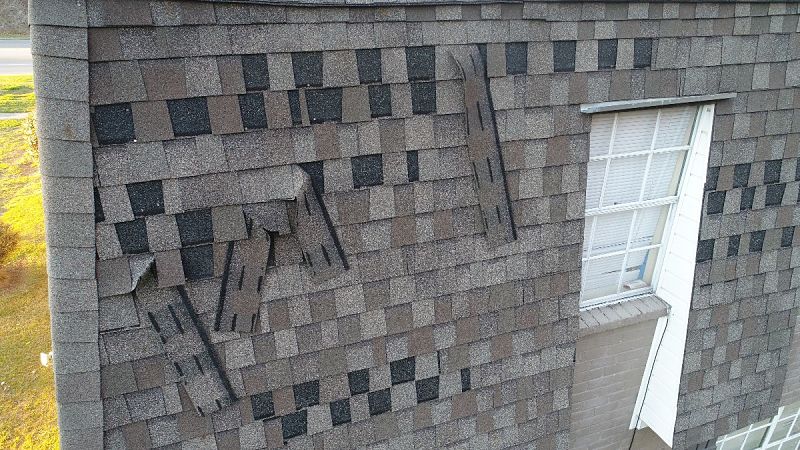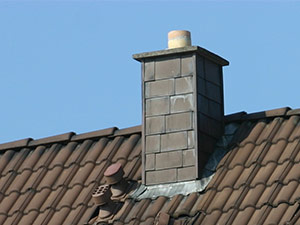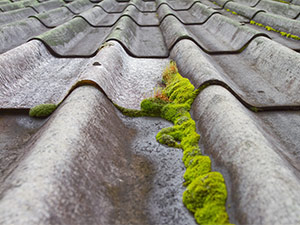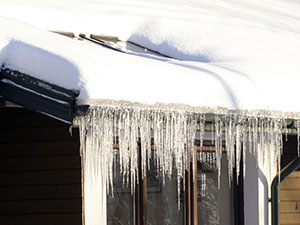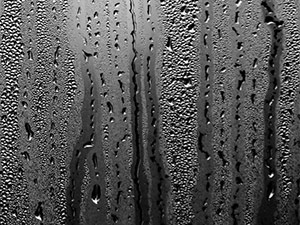"We believe in doing the right thing through higher standards and integrity"
Roofing Performance Factors
There are a variety of factors that impact a roof's performance. The life of a roofing system varies from its initial design and construction to the environment it faces and maintenance received.
Roofing Systems are comprised of many materials that when properly constructed add value and protection for your property. The common materials needed include: sheathing/decking, flashing, underlayment, ice and water protective barriers, ridge vents, ridge shingles, and other venting.
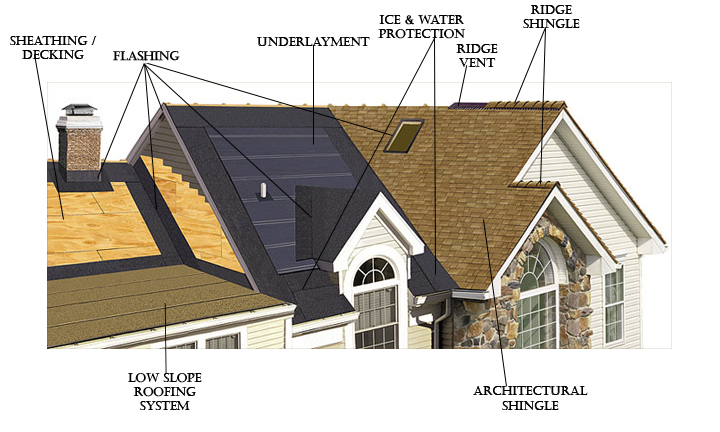
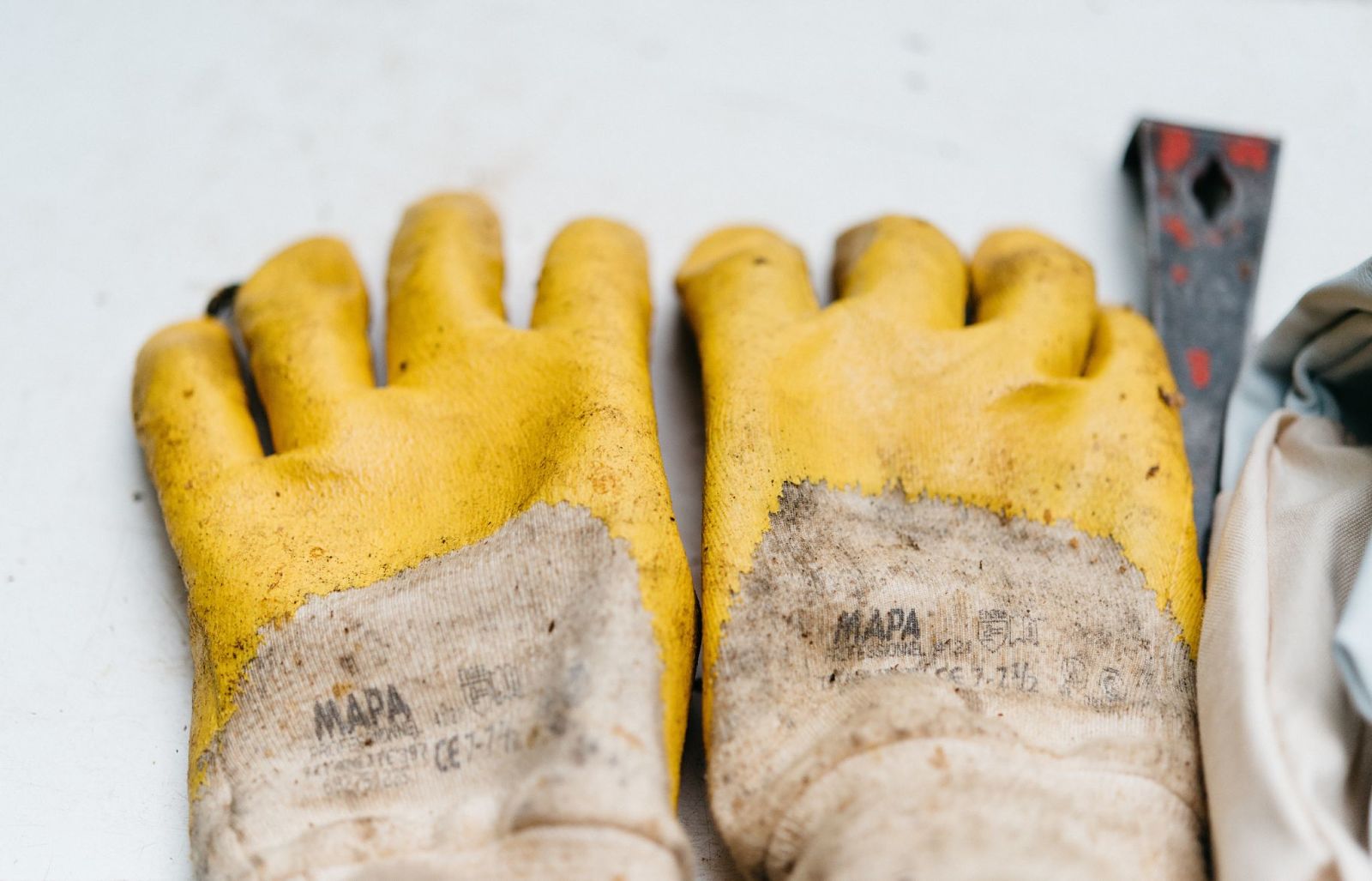
Lack of Maintenance
Often the greatest cause of premature roof problems is not finding and correcting minor roof issues in the early stages, especially for relatively low-sloped roofs.
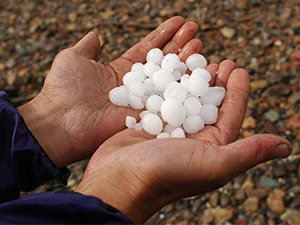
Hail
The impact of hail can loosen, fracture or remove granules from your asphalt shingles. The granules protect the asphalt matting of your shingles from sunlight and ultra violet light (U.V.). The asphalt will deteriorate very quickly once exposed to the sun. This is the reason a hail-damaged roof will prematurely fail. Hail-damaged roofs may or may not be detected by the inexperienced observer. The results of a hailstorm will void the shingles manufacturer's warranty, as they cannot warranty against "Acts of God" such as hailstorms.
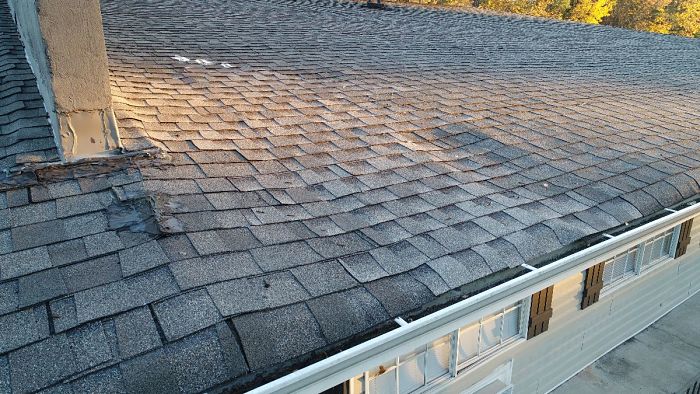
Improper Design
Inadequate roof slope, sagging, structures that excessively draw away under the load, inadequate draining and provision for expansion and contraction in decking material contribute to the roofing membrane weakening and splitting. Design deficiencies often can be corrected when identified with a roof replacement.
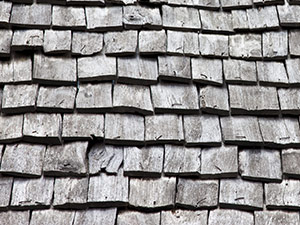
Shingle Deterioration
When shingles are old and worn out, they curl, split and lose their waterproofing effectiveness. Weakened shingles easily are blown off, torn or lifted by wind gusts. The end result is structural rot and interior damage. A deteriorated roof system only gets worse with time. It should be replaced as soon as possible.
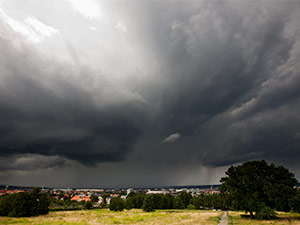
Wind
High winds can lift shingles' edges (or other roofing materials) and force water and debris underneath them. Extremely high winds can cause extensive damage. Wind damage creates a partial vacuum from wind blowing over the edge of the roof. The low-pressure area tries to neutralize itself by bringing in air from a higher pressure area, typically from inside the building. Air pushing up on the bottom of the roof will loosen fasteners and break the roofing adhesion over time, which makes the roof susceptible to damage in the future. Quality roofing construction counteracts the effects of wind-uplift forces.


